The hard hat has become an ever-present safety accessory on building sites all over the world. Opinions vary as to when and where they were first used.
Many believe the first wide scale use was in America on the massive construction projects of the 1930’s, including the Golden gate Bridge in California and the Hoover Dam. There is even a school of thought that credits legendary Czech author Franz Kafka with the development of the civilian hard hat while working at the Worker’s Accident Insurance Institute for the Kingdom of Bohemia in 1912, although this is not verified.
However they came about, the hard hat has been responsible for saving countless thousands of lives over the years. It is now a legal requirement on sites in the UK, with its tough fibreglass or rigid plastic design keeping heads safe across the country.
What you might not know, however, is that different colour hats signify different things on site, letting workers know who is who and carrying out what role. Although this colour coding system differs from country to country and even within individual organisations, there are a few basic rules that can help you to identify wokers from the colour of their hats.
What the colours mean
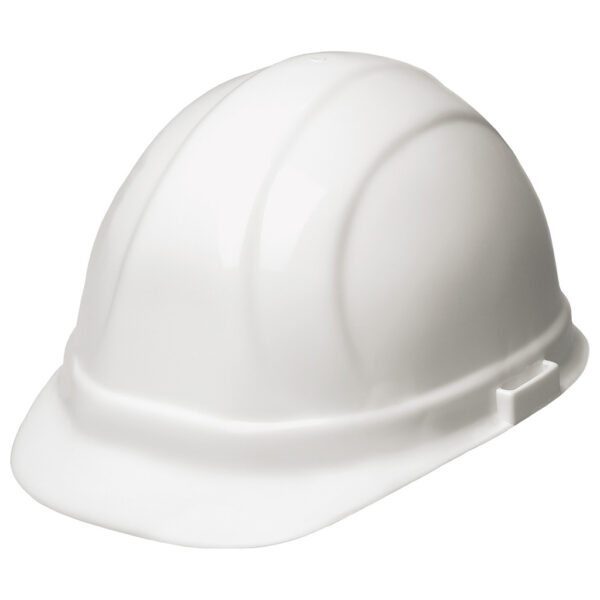 |
White:
Managers, foremen, engineers or supervisors usualy wear white hats on site.
|
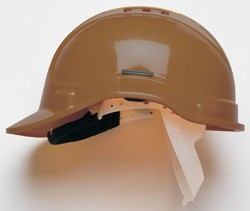 |
Brown:
Brown hats are worn by welders and other workers with high heat applications.
|
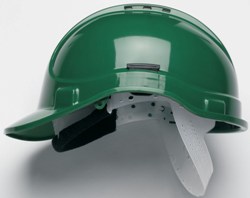 |
Green:
Green often signifies a safety inspector but can also be used by new workers on the site or probationary staff.
|
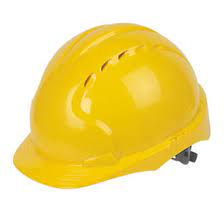 |
Yellow:
Yellow is the colour for general labourers and earth moving operators.
|
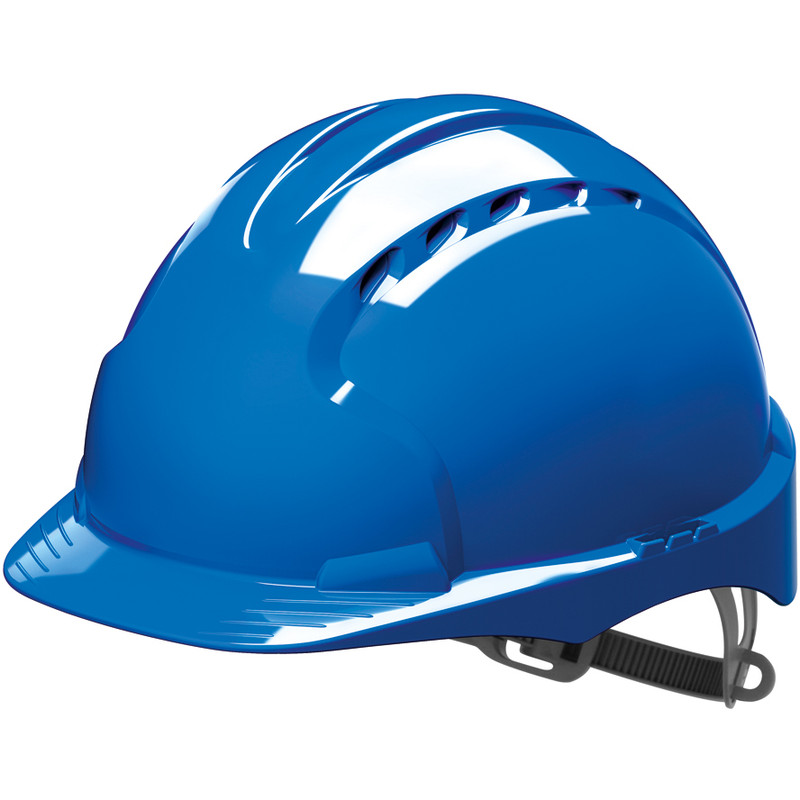 |
Blue:
Carpenters and other technical operators including electricians will normally wear blue hats, while orange is worn by road crews.
|
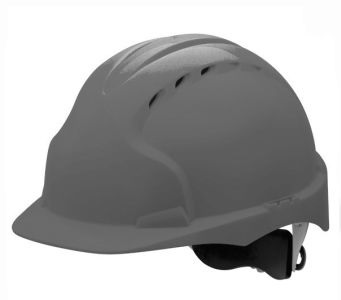 |
Grey:
Grey is the colour often worn by site visitors. And if employees forget their hats or misplace them, there is often a nice bright pink helmet on site they have to wear in the meantime.
|
As mentioned above, this colour coding system is a general and unwritten rule within the industry and certainly not hard an fast. Some companies will not use the exact system mentioned above so it is worth asking before you start on any site.
Ultimately, although the colour coding system is very helpful and has potential safety benefits, any hard hat of any colour is better than none at all. Although, there have been instances of work stopping due to employees on site wearing the wrong colour hard hats. In 2008, work on a £285 million shopping complex in Aberdeen ground to a halt because the employees on site weren't wearing the correct colour hard hats.
Best before:
Another fact about hard hats that is little known is that they have best before dates built into them. Because they are made of plastic, a material which deteriorates over time and weakens, they only have a certain guaranteed shelf life. This will ususally be embossed or printed into the plastic so that you know when it's time to replace. Other designs have stickers that fade in colour, visually letting you know when it's time to replace your hat. Wearing or providing hats that are outside of this best before date is against UK law so it is something that your employer should be aware of and act upon.
Wherever they came from or were first used, hard hats have been a most welcome addition to the UK health and safety law. Sites can be dangerous and risky places to work, so wearing personal protective equipment gives you the best chance of minimising personal risk at work, whatever colour it might be.











Leave a comment